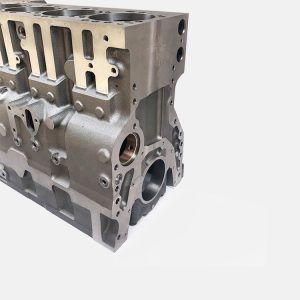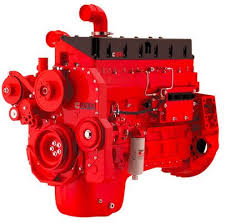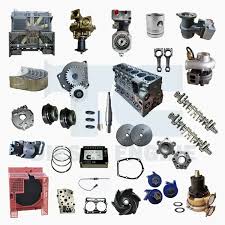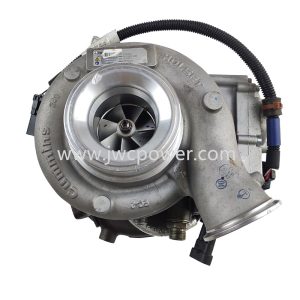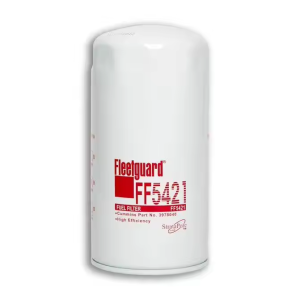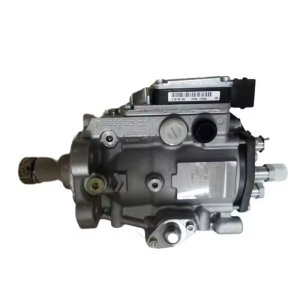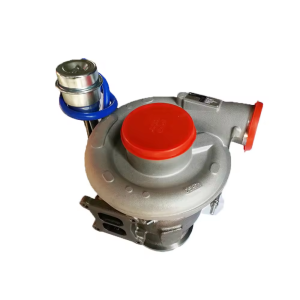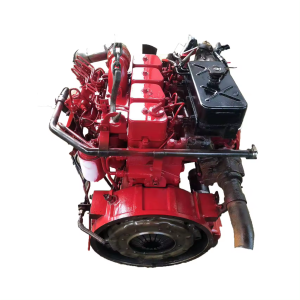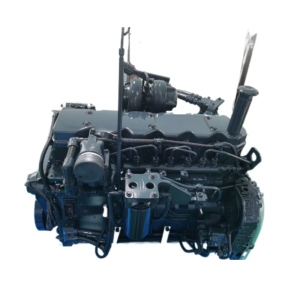Water pumps are a vital component in any engine, ensuring that coolant circulates efficiently to maintain optimal operating temperatures. For Cummins engines, the design and performance of water pumps can vary significantly depending on the engine model. If you’re managing a fleet, running a repair shop, or simply maintaining your own Cummins-powered machine, understanding these differences can help you choose the right replacement or upgrade.
So, how do Cummins water pumps compare across engine models? Let’s break it down.
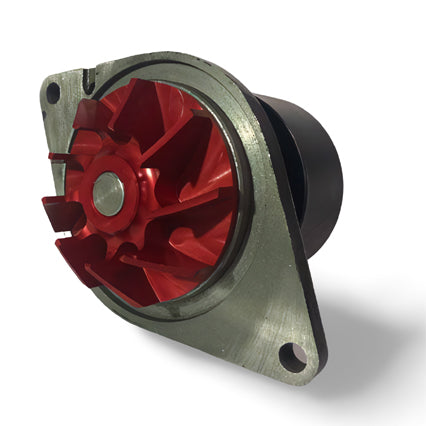
1. Purpose and Design: One Size Doesn’t Fit All
First and foremost, it’s important to recognize that each Cummins engine series is designed with a specific application in mind. Accordingly, the water pump must match the cooling demands of that engine.
ISX Engines:
Designed for heavy-duty highway trucks, the ISX water pump features a high flow rate to handle prolonged high-RPM operations. Many ISX models use gear-driven pumps, ensuring reliable operation even under extreme loads.
QSB/QSC/QSL Series:
These mid-range engines are common in construction equipment and agricultural machinery. Their water pumps tend to be compact but efficient, supporting varied load conditions and frequent idle-to-peak transitions.
QSK Series:
Built for mining, marine, and power generation, QSK engines need extremely robust cooling systems. Their water pumps are high-capacity, often featuring dual impellers and reinforced housings to handle constant heavy-duty operation.
2. Material and Durability: Built to Match the Environment
Depending on the operating environment, Cummins engineers select specific materials for each pump.
- For on-road engines like ISX, the focus is on lightweight aluminum alloy bodies for better fuel efficiency.
- For off-road or industrial engines, pumps often come with cast iron bodies and heavy-duty bearings to withstand dust, shock, and temperature extremes.
In other words, the same brand of pump won’t perform equally in a freight truck and a mining excavator.
3. Flow Rate and Cooling Capacity
Another major difference is the flow rate of each pump — typically measured in gallons per minute (GPM). High-output engines, such as those in the KTA and QSK series, require significantly more coolant circulation compared to smaller engines like the B3.3 or QSB4.5.
This difference is not just a matter of size — it’s about the internal cooling demands, the number of cylinders, and turbocharger configurations.
4. Mounting and Compatibility: What to Check
Not all Cummins pumps are plug-and-play. Each engine model has specific mounting points, pulley sizes, and gasket configurations.
- ISB and ISL water pumps may look similar but differ in shaft length and bolt patterns.
- QSM and QSX engines sometimes use belt-driven pumps, while others are gear-driven.
Before replacing, always check the OEM part number, dimensions, and engine serial number (ESN).
5. Cost and Aftermarket Options
Depending on the model, water pump prices can range from under $100 for smaller engines to over $600 for high-output engines. Fortunately, Cummins offers genuine, remanufactured, and aftermarket options — allowing you to choose based on budget and usage needs.
However, for high-risk applications (e.g., marine, mining), it’s advisable to stick with genuine Cummins parts to avoid premature failure or cooling inefficiencies.
Conclusion: Choose Based on Your Engine’s Role
To summarize, Cummins water pumps are not a one-size-fits-all component. Each engine model has specific requirements based on its cooling load, environment, and operational demands. Whether you’re running an ISX on the highway or a QSK in a mine, selecting the right water pump ensures better performance, longer engine life, and reduced downtime.

